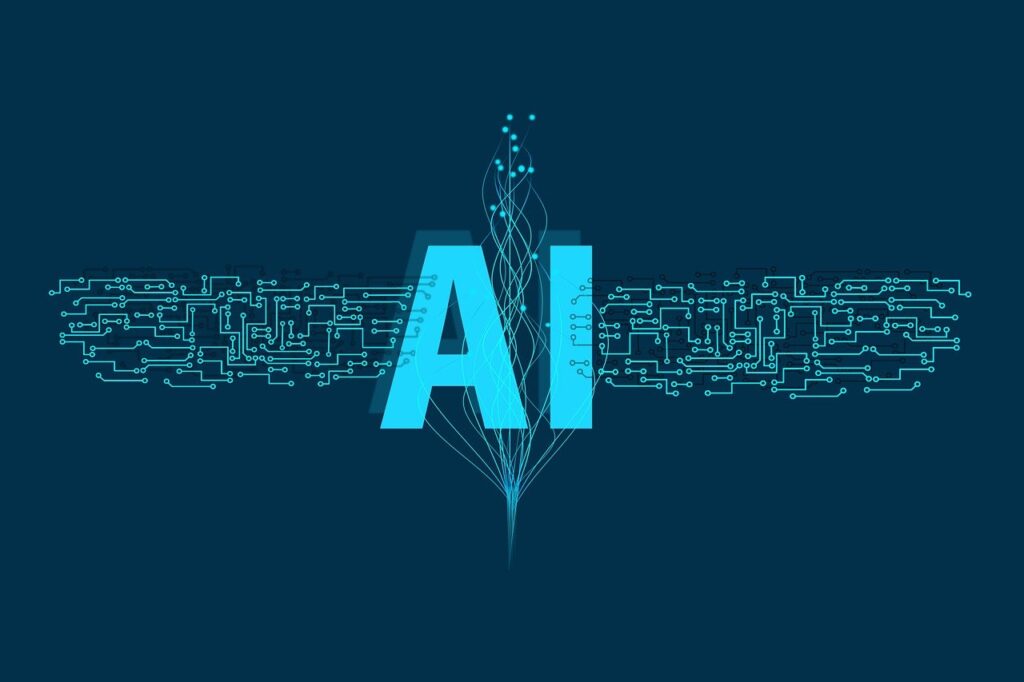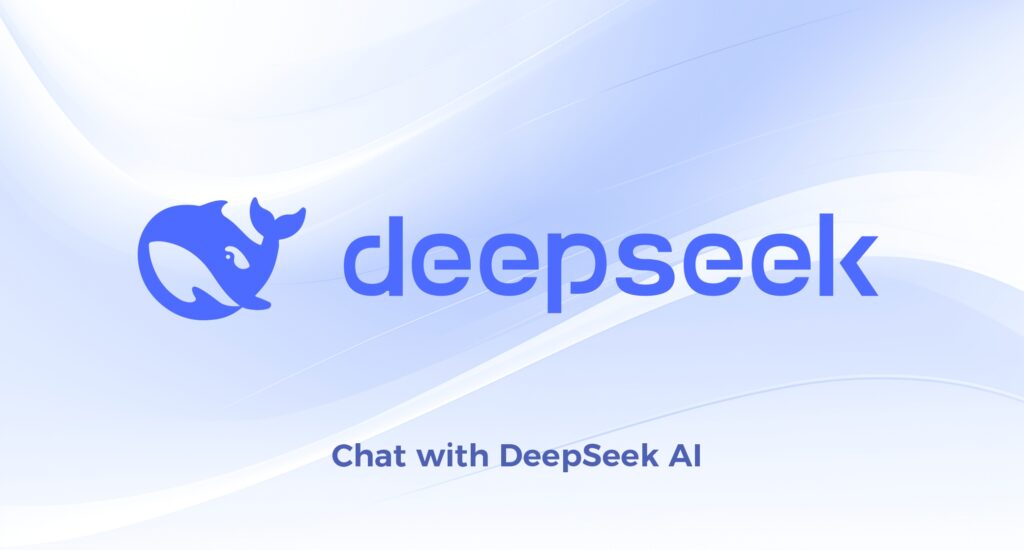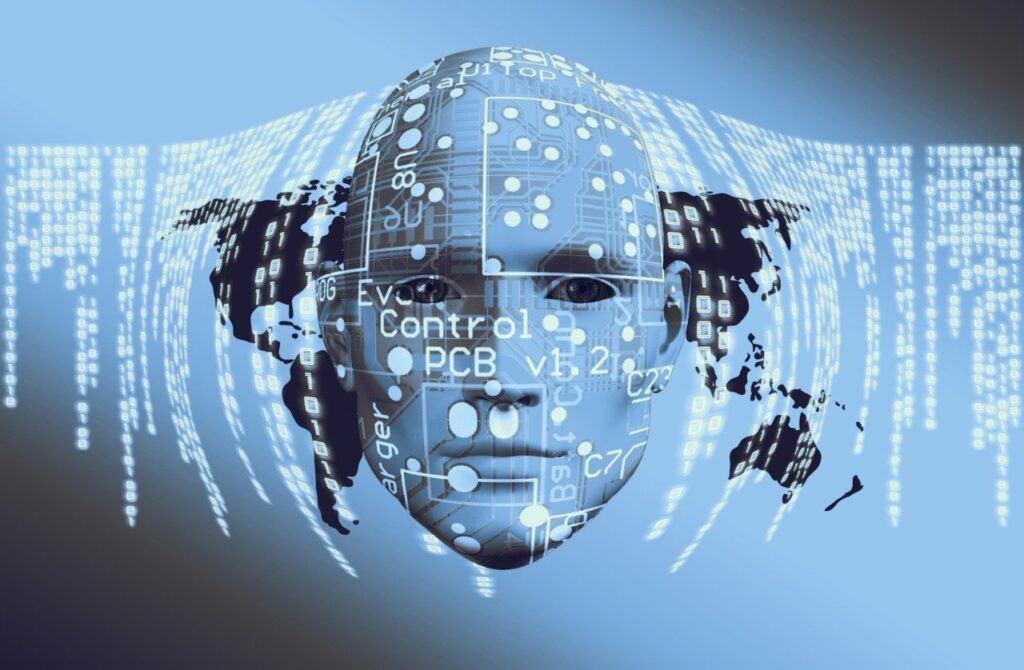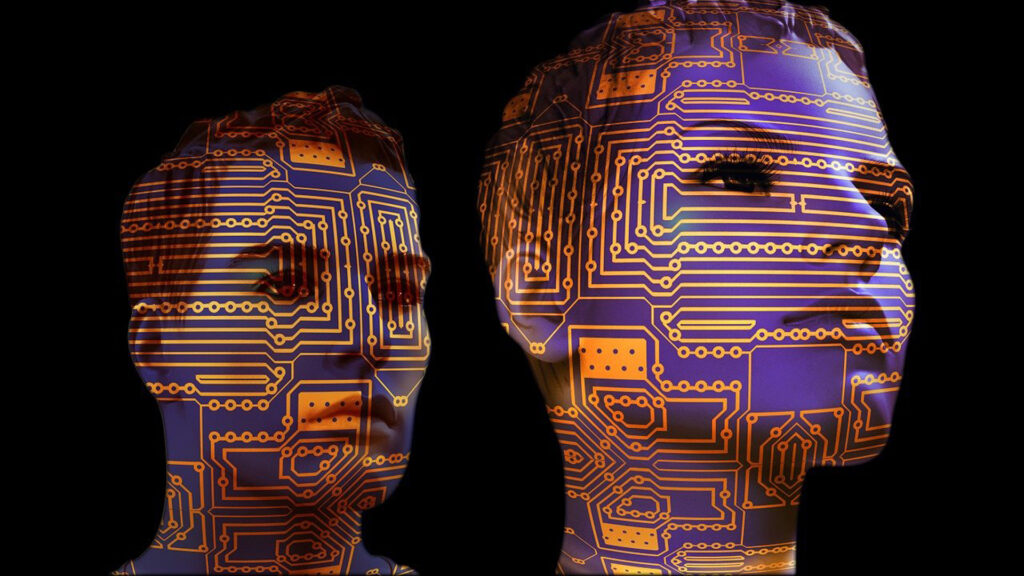Introduction
Artificial Intelligence (AI), particularly deep learning, has revolutionized industries from healthcare to autonomous driving. Central to this revolution is the Graphics Processing Unit (GPU), a hardware component initially designed for rendering graphics. This article explores why GPUs are indispensable for AI, focusing on their parallel processing capabilities and synergy with deep learning.
1. CPUs vs. GPUs: Architectural Differences
CPUs (Central Processing Units):
Designed for sequential processing.
Fewer cores (4–16 in consumer CPUs) optimized for complex, single-threaded tasks (e.g., running an OS).
GPUs (Graphics Processing Units):
Built for parallel processing.
Thousands of simpler cores (e.g., NVIDIA A100 has 6,912 cores) ideal for repetitive, simultaneous computations.
Why It Matters: Deep learning involves massive matrix operations (e.g., multiplying input data by weights in neural networks). GPUs excel at these tasks by dividing them across thousands of cores.
2. Parallel Processing: The Engine of Deep Learning
Matrix Operations:
Neural networks rely on matrix multiplications during forward/backward propagation. Each operation can be parallelized.
Example: A 1000×1000 matrix multiply requires 1,000,000 independent calculations. A GPU splits this workload across its cores, completing it faster than a CPU.
Batch Processing:
Training data is processed in batches (e.g., 128 images at once). GPUs compute gradients for all samples in parallel, drastically reducing training time.
3. Key Technologies Enabling GPU Acceleration
CUDA (Compute Unified Device Architecture):
NVIDIA’s programming model allows developers to offload computations to GPUs.
Libraries like cuDNN (CUDA Deep Neural Network) optimize common deep learning operations (e.g., convolutions).
Frameworks with GPU Support:
TensorFlow, PyTorch, and Keras integrate seamlessly with GPUs. A single line of code (
device = "cuda") switches training from CPU to GPU.
4. Real-World Impact of GPUs in AI
Case Studies:
Image Recognition: Training ResNet-50 (a CNN) on ImageNet took weeks on CPUs but days on GPUs.
Natural Language Processing (NLP): Models like GPT-3 leverage GPU clusters for training on terabytes of text data.
Performance Metrics:
A high-end GPU (e.g., NVIDIA A100) can perform 312 teraFLOPS, while a CPU (e.g., Intel i9) manages ~1 teraFLOP.
5. Challenges and Considerations
Cost: High-end GPUs (e.g., H100) cost thousands of dollars, posing barriers for small teams.
Power Consumption: GPUs consume significant energy (e.g., 400W+), requiring robust cooling systems.
Alternatives:
TPUs (Tensor Processing Units): Google’s custom chips optimized for TensorFlow.
Cloud GPUs: Services like AWS EC2 and Google Colab offer rentable GPU access.
6. The Future of GPUs in AI
Advancements:
AI-Specific GPUs: NVIDIA’s Hopper architecture includes transformers-optimized cores.
Quantum Computing: Potential to complement GPUs for specific AI tasks.
Democratization: Open-source tools and cloud platforms are making GPU power accessible to startups and researchers.
Conclusion
GPUs are the backbone of modern AI, enabling the parallel processing required to train deep learning models efficiently. While challenges like cost and energy use persist, advancements in hardware and cloud computing continue to democratize AI innovation. As algorithms grow more complex, the symbiotic relationship between GPUs and deep learning will only deepen, paving the way for breakthroughs we’ve yet to imagine.







